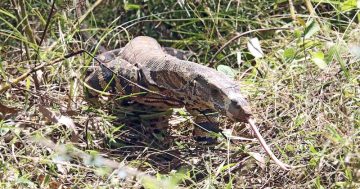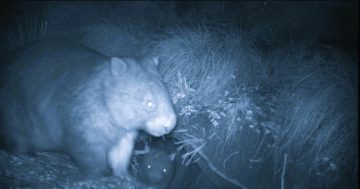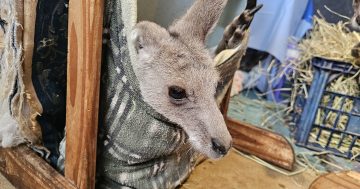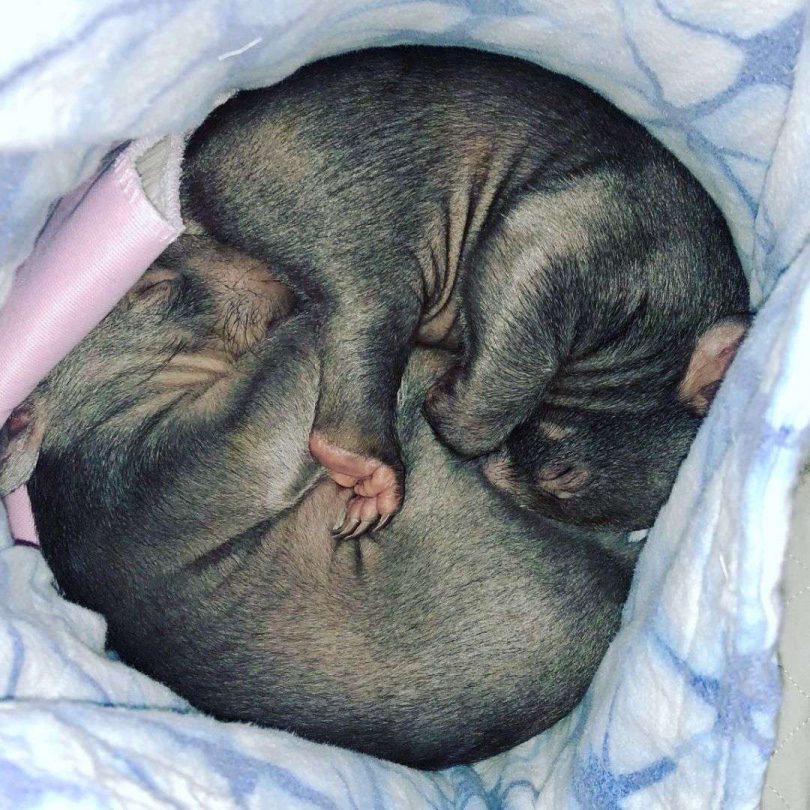
Wombat carer Belinda Perusic usually has four of these furry marsupials in her care. Photo: Supplied.
They’re cute to look at and cuddly if handled correctly – but often at risk on our roads.
NSW Wildlife Information, Rescue and Education Service (WIRES) wombat carer Belinda Perusic, says we’re lucky to have the short-legged, fur-barrelled marsupials in the NSW Southern Tablelands, but we need to be on the lookout to keep them safe.
“When landholders complain they’ve got a wombat on their property, I tell them they’re lucky because many populations have been wiped out in other parts of Australia,” she said.
However, wombats are often injured locally and there simply aren’t enough volunteers to help.
Since last week, Ms Perusic has been called to six wombat rescues but will only take care of four at a time with each one requiring 18 months’ care.
“Otherwise you don’t have a life – you can take on too much,” she said.
Ms Perusic and her handful of volunteers cover and area from Abercrombie in the north to Murrumbateman in the south – and everywhere in between.
Her phone can go off at 2:00 am and she often has to travel to the injured or orphaned wombat.
“We desperately need volunteers but we also need people happy to carry out the rescue and bring the wombat to someone like myself or babysit to give volunteers a holiday,” she said.
Often, volunteers take in baby wombats or ‘joeys’ found inside the pouch of a mother killed on a road.
Once in care, they are kept inside temperature-controlled heat packs and fed up to five times per day.
As they grow older, they are moved to outside enclosures and eventually have no human contact as they prepare for release.
Wombats will be ‘buddied up’ while in care to take the pressure off human contact, but lead solitary lives in the wild unless with offspring.
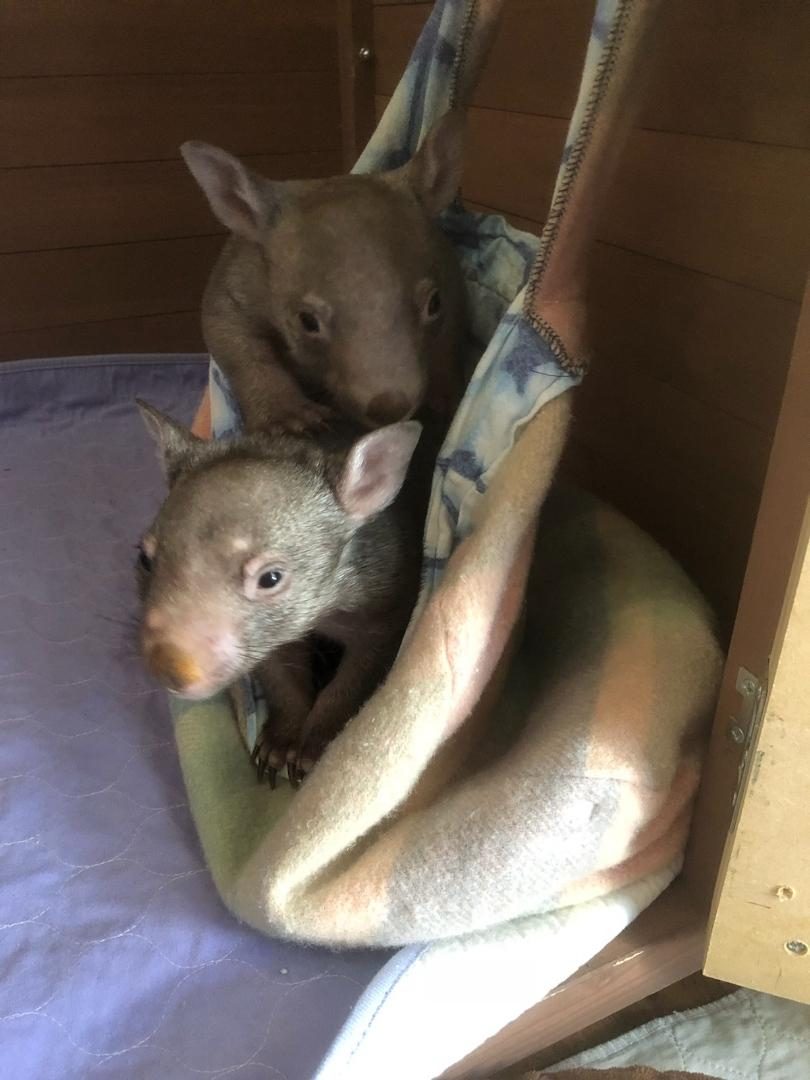
Wombats are often ‘buddied up’ while in care. Photo: Supplied.
“Even when the mother is ready to separate from the teenager, they’ll leave it in one of their burrows. A lot of people think wombats have one burrow, but they usually have five or six,” she said.
Just like the need for volunteers, WIRES also needs landholders happy to rehome wombats.
“It’s a struggle to find a safe space to release them because many are shot and currently there’s no way of knowing if they do survive after release,” Ms Perusic said.
The other big problem is mange – a skin disease caused by mites that kills wombats if untreated.
“They go blind, then they itch and itch, so they bleed and get infections.”
Wombats with mange must be treated in their burrows with a chemical called Cydectin which requires volunteers to travel to the property where they are found.
“You can’t bring an adult into care – they stress out too much,” Ms Perusic said.
“We can either pour the Cydectin onto the wombat or administer it from a burrow flap so as the wombat leaves the burrow it falls onto their back – but you’ve got to catch them early enough for it to work.”
After 11 years as a wombat carer and now the Southern Tablelands coordinator, Ms Perusic has grown a strong attachment to wombats and wishes others felt the same.
“I wish people knew they all have their own personality. They’re just like humans – some are solitary and some want to play,” she said.
Wombats are also creatures of habit which means they frequent the same roads, fence lines and sheds.
That means people should slow down on roads where they’re often sighted or install wombat flaps where they have pushed through fence lines.
If you do hit a wombat on a road or find one dead, it’s also advised to check the pouch for a joey.
“We advise carrying a pair of scissors to cut the teat from the baby’s mouth if they are latched on. The baby won’t swallow it and that way you won’t injure its mouth,” Ms Perusic said.
For first-timers, the thought of removing a joey might be daunting so rescuers can take the wombat with the joey in the pouch to a volunteer to remove.
“I’ve been bitten a few times but you learn to keep your fingers away when they first come in,” Ms Perusic said with a laugh.
“They’re like little bulldogs, they just latch on and won’t let go.”
And if a wombat has moved in under your house or shed, Ms Perusic said they’ll soon return to their burrow.
“It’s really good to try and get wombats that have dug under a house or shed out before it becomes their home, but most of them only go under when it rains and they’ll move out once it subsides,” she said.
If you would like to become a carer, visit WIRES NSW and enrol for training. The cost of food and materials to build beds and enclosures can be covered by your local WIRES branch.








